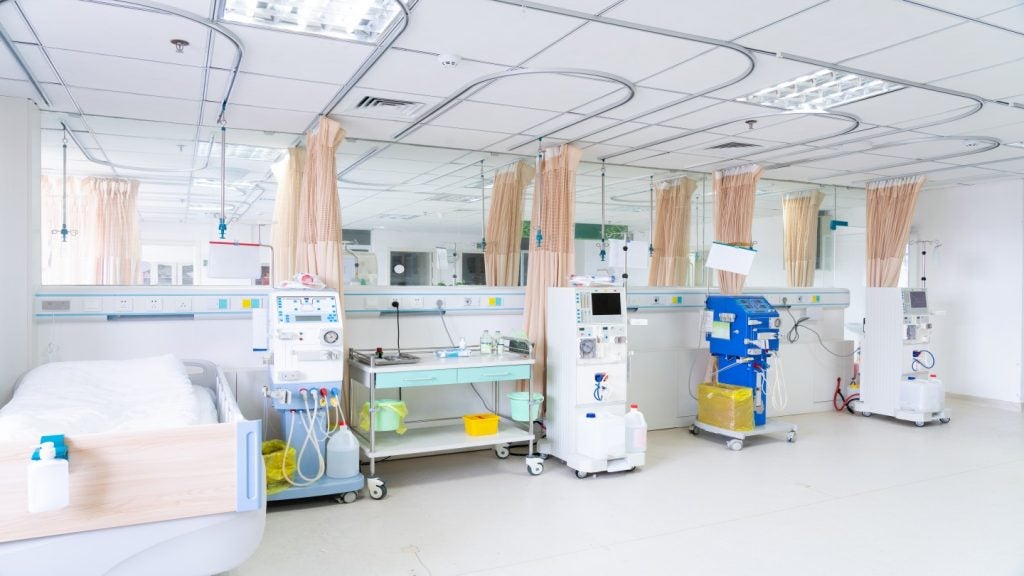PHMB-impregnated foam is increasingly used as an effective alternative to silver, iodine, chlorhexadine and honey when used within existing care pathways for wound management.
Despite the widespread use of topical antimicrobial agents in the management of both acute and chronic wounds, clinicians are still faced with the challenge of preventing and managing wound infections. A number of wound-care products are commercially available which contain silver, chlorhexadine, honey and iodine. However, over the last two years there has been an increasing interest in the use of polyhexamethylene biguanide (PHMB)-impregnated wound dressings in an attempt to prevent the complication of infection, which may delay healing and affect the patient’s well-being.
Safety and efficacy
As the use of antimicrobial wound-care products increases, clinicians often have concerns over the safety and efficacy of these agents, particularly with the risk of resistant organisms developing. While PHMB is a relatively new addition as a woundcare product, it has been used safely for more than 60 years in other applications, including sanitising swimming pools, contact lens solutions and baby wipes.
Many bacteria have a ‘reflux pump’ mechanism which enables them to pump out any antiseptic agents that attack the cell. As a result, the low concentrations of the agent allow the bacteria to mutate and resistance may result. However, PHMB attacks multiple sites within the bacteria, attacking the cell wall and reorganising the membrane structure. The reflux pump mechanism is impaired, resulting in higher bactericidal concentrations of the antimicrobial agent within the cell. The risk of resistance developing to this agent is considered to be low.
A further concern when using topical antimicrobial dressings is the risk of toxicity to proliferating cells. In response to this, a number of clinical studies have demonstrated its efficacy in wound management where a decrease in the bioburden was recorded, with no detrimental effect on wound healing.
An additional benefit of using dressings impregnated with PHMB is that the antimicrobial agent is not deactivated in the presence of organic compounds such as blood or pus, unlike many other agents used in wound management.
Clinical application
A concentration of 0.2% PHMB (Kerlix™ AMD dressings, Covidien™ Healthcare) is commonly used within Negative Pressure Wound Therapy systems, where it is found within a gauze carrier which acts as a conduit between the wound bed and the drain and to fill the wound cavity. Telfa™ AMD is also available to prevent surgical site infections. Alternatively, 0.5% PHMB has been impregnated into a foam (Kendall™ AMD foam dressing, Covidien Healthcare) dressing and is now more widely used on both acute and chronic wounds and for the protection of exit sites. This provides the balance of moisture which is essential for healing, while excess exudate is absorbed into the foam where the antimicrobial agent kills bacteria within the dressing.
A number of in vitro studies using standard test methods have demonstrated PHMB impregnated foam dressings to be effective against Staphylococcus aureus (including Methicillinresistant Staphylococcus aureus (MRSA)), Pseudomonas aeruginosa, Vancoymcin-resistant enterococcus (VRE), C. albicans, S. epidermidis, E. faecalis, and E. coli.). In vivo, it provides an effective barrier which prevents bacteria passing through the dressing into the wound.
In further clinical studies, PHMB-impregnated foam was observed to reduce the bioburden at the wound bed in both acute and chronic wounds and to protect the exit sites. It was demonstrated that as well as improving the overall condition of the wound, there was a significant reduction in pain during use, and therefore was highly acceptable and comfortable for patients. Clinicians involved in these studies also identified that the dressing was easy to apply and remove, and was therefore not traumatic for the patient. Other benefits included effective exudate management, which resulted in improving the condition of the peri-wound skin and a wear-time of up to seven days.
An effective alternative
In clinical practice, PHMB-impregnated foam has been used on a wide range of wound aetiologies in both the hospital and community settings. It has been reported to be an effective alternative to silver, iodine, chlorhexadine and honey when used within existing care pathways for wound management. This is important both in preventing the complications of infection which can be detrimental to the health and well-being of the patient and unavoidable costs associated with extended treatment times.







